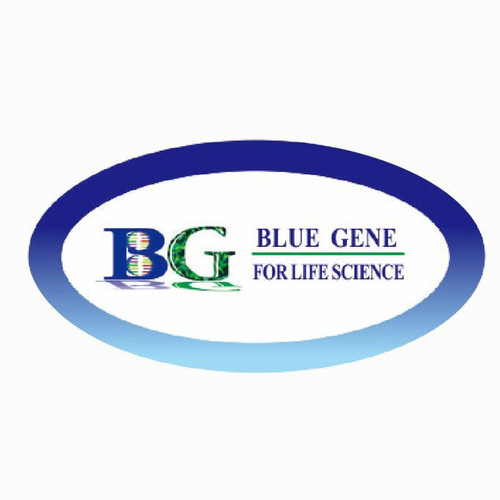Product Description
Villin Antibody [VIL1/1325] | 33-727 | ProSci
Host: Mouse
Reactivity: Human
Homology: N/A
Immunogen: Amino acids 179-311 from the human protein were used as the immunogen for this Villin antibody.
Research Area: Homeostasis
Tested Application: WB, Flow, IF, IHC-P
Application: Flow Cytometry: 0.5-1ug/10^6 cells in 0.1ml
IF: 1-2 ug/ml
Western blot: 1-2 ug/ml
IHC (FFPE) : 0.25-0.5 ug/ml for 30 min at RT
The stated application concentrations are suggested starting points. Titration of the Villin antibody may be required due to differences in protocols and secondary/substrate sensitivity.
Specificiy: N/A
Positive Control 1: N/A
Positive Control 2: N/A
Positive Control 3: N/A
Positive Control 4: N/A
Positive Control 5: N/A
Positive Control 6: N/A
Molecular Weight: N/A
Validation: N/A
Isoform: N/A
Purification: Protein G affinity chromatography
Clonality: Monoclonal
Clone: VIL1/1325
Isotype: IgG1, kappa
Conjugate: Unconjugated
Physical State: Liquid
Buffer: PBS with 0.1 mg/ml BSA and 0.05% sodium azide
Concentration: 0.2 mg/mL
Storage Condition: Aliquot and Store at 2-8˚C. Avoid freez-thaw cycles.
Alternate Name: VIL1, D2S1471, Villin, Villin 1, Villin-1, VIL
User Note: Optimal dilutions for each application to be determined by the researcher
BACKGROUND: Villin (VIL1) is an epithelial cell-specific Ca2+-regulated actin-modifying protein that modulates the reorganization of microvillar actin filaments. Plays a role in the actin nucleation, actin filament bundle assembly, actin filament capping and severing. Binds phosphatidylinositol 4, 5-bisphosphate (PIP2) and lysophosphatidic acid (LPA) ; binds LPA with higher affinity than PIP2. Binding to LPA increases its phosphorylation by SRC and inhibits all actin-modifying activities. Binding to PIP2 inhibits actin-capping and -severing activities but enhances actin-bundling activity. Regulates the intestinal epithelial cell morphology, cell invasion, cell migration and apoptosis. Protects against apoptosis induced by dextran sodium sulfate (DSS) in the gastrointestinal epithelium. Appears to regulate cell death by maintaining mitochondrial integrity. Enhances hepatocyte growth factor (HGF) -induced epithelial cell motility, chemotaxis and wound repair. Upon S.flexneri cell infection, its actin-severing activity enhances actin-based motility of the bacteria and plays a role during the dissemination. [UniProt]
 Euro
Euro
 USD
USD
 British Pound
British Pound
 NULL
NULL

![Villin Antibody [VIL1/1325] Villin Antibody [VIL1/1325]](https://cdn11.bigcommerce.com/s-452hpg8iuh/images/stencil/1280x1280/products/575541/812403/porsci_lo__79508.1648973713__73748.1649091958.png?c=2)


![Villin Antibody [VIL1/1325] Villin Antibody [VIL1/1325]](https://cdn11.bigcommerce.com/s-452hpg8iuh/images/stencil/100x100/products/575541/812403/porsci_lo__79508.1648973713__73748.1649091958.png?c=2)


![Villin Antibody [VIL1/1325] Villin Antibody [VIL1/1325]](https://cdn11.bigcommerce.com/s-452hpg8iuh/images/stencil/500x659/products/575541/812403/porsci_lo__79508.1648973713__73748.1649091958.png?c=2)
![Villin Antibody [VIL1/1314] Villin Antibody [VIL1/1314]](https://cdn11.bigcommerce.com/s-452hpg8iuh/images/stencil/500x659/products/575533/812383/porsci_lo__79508.1648973713__82236.1649091955.png?c=2)







